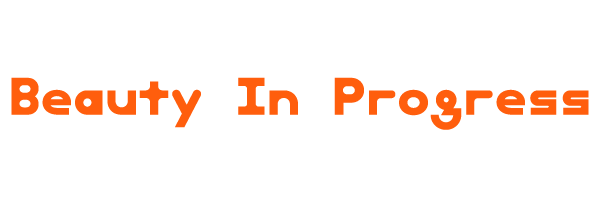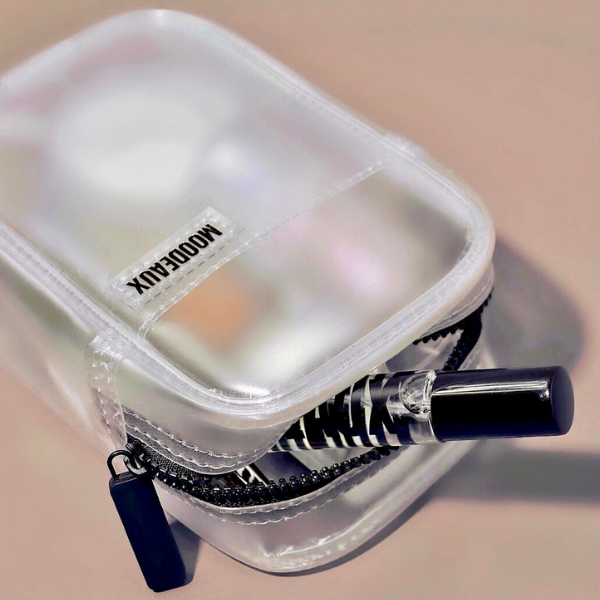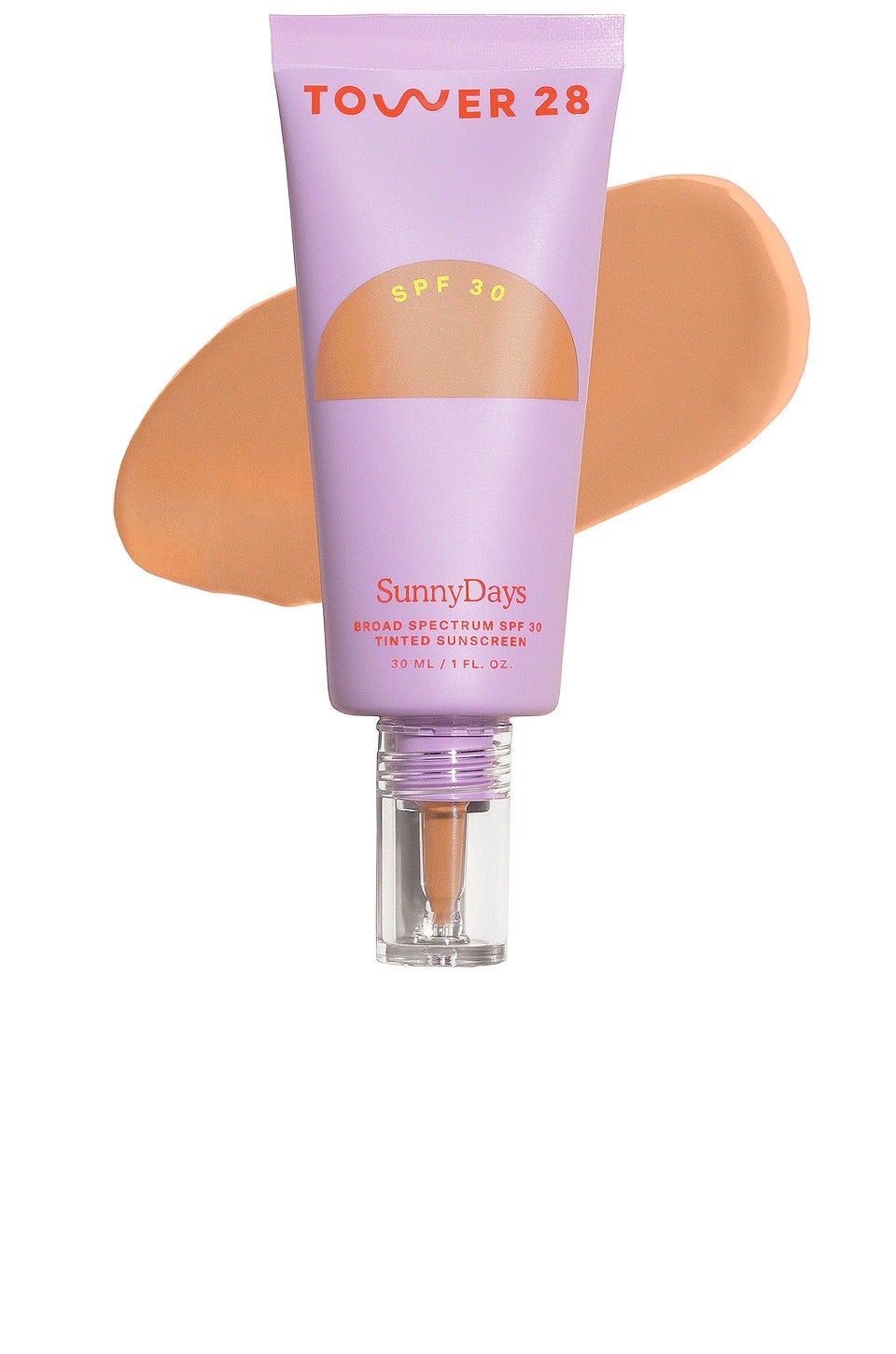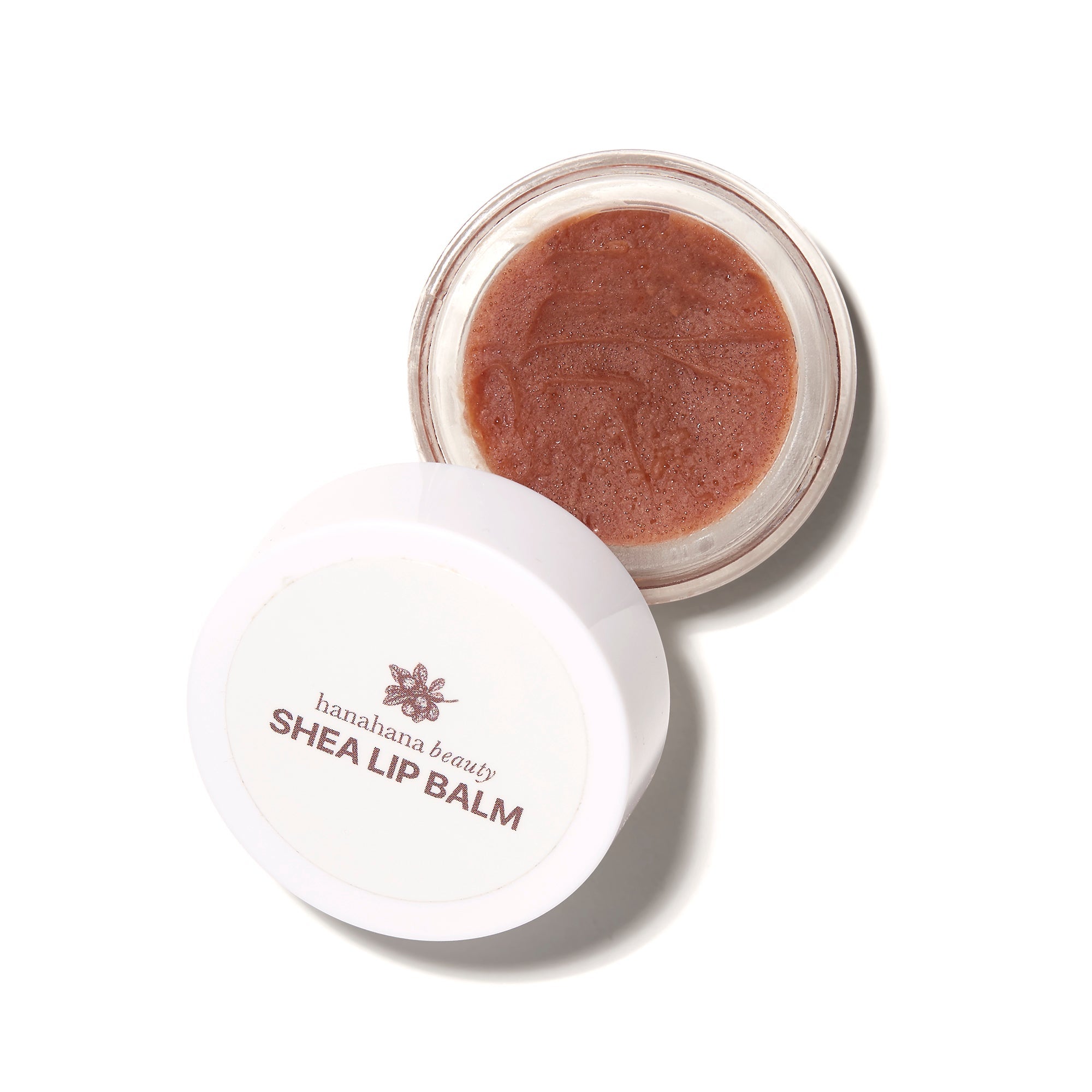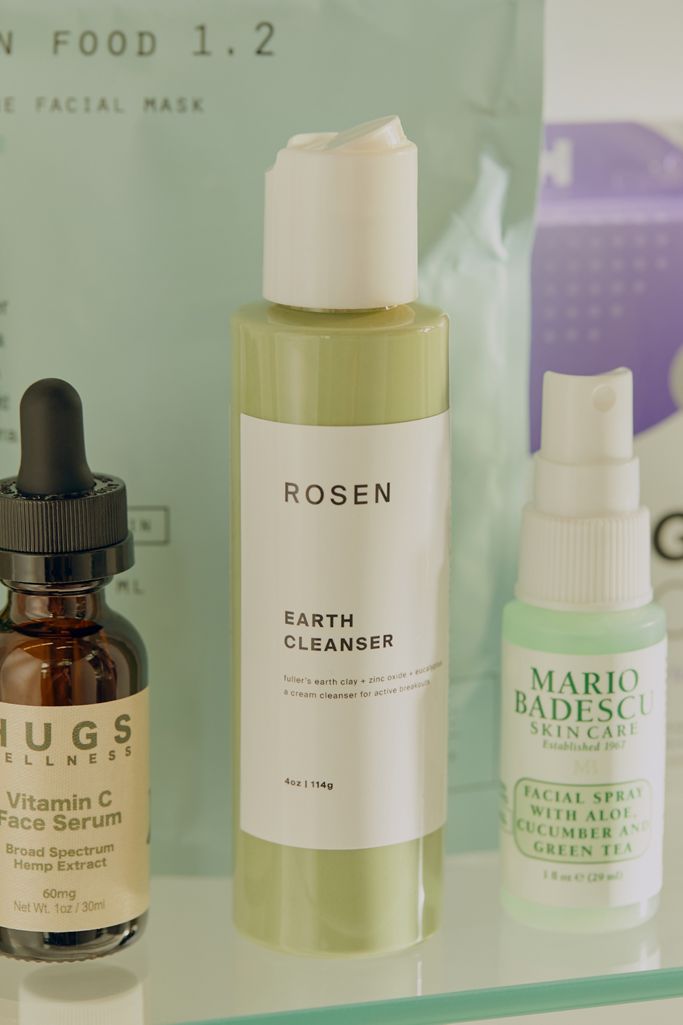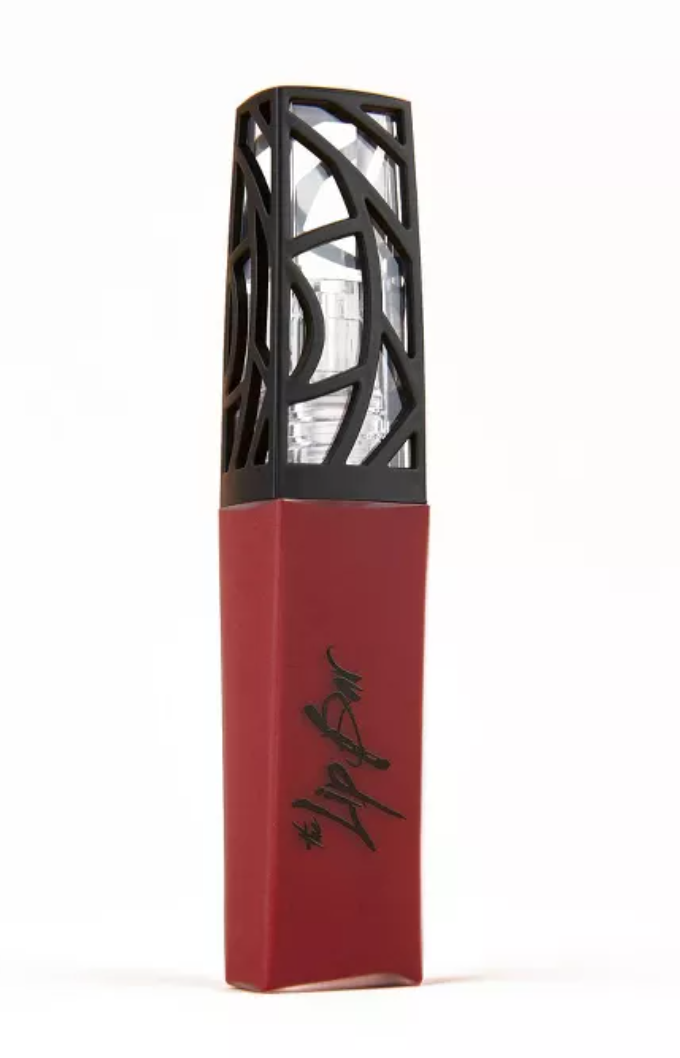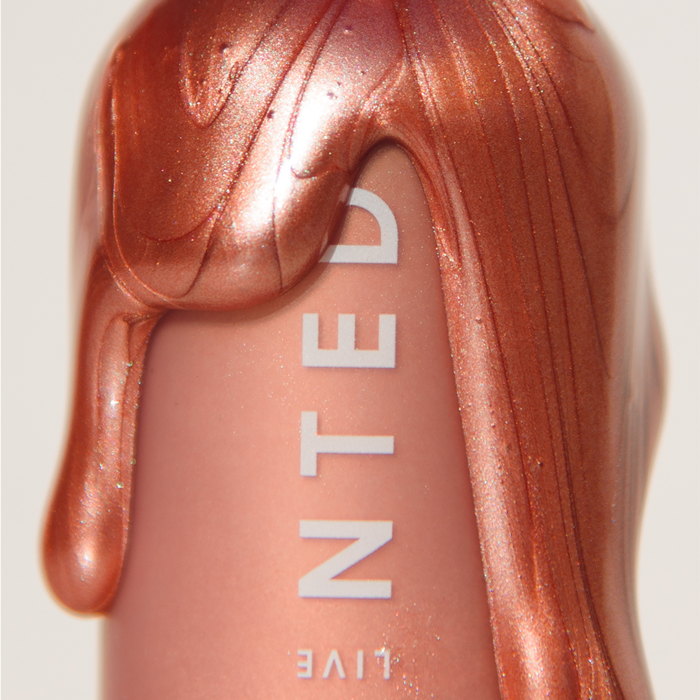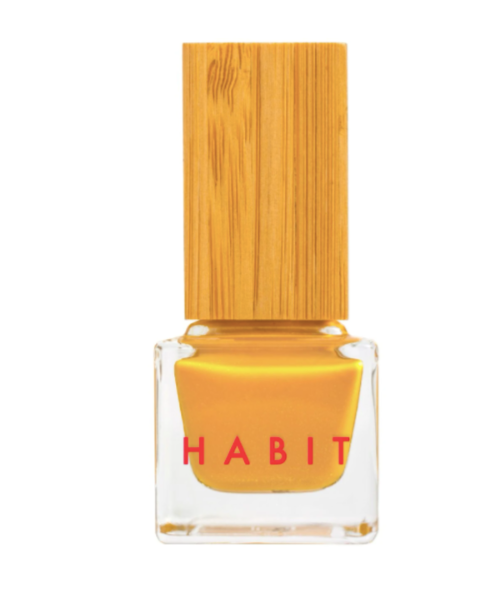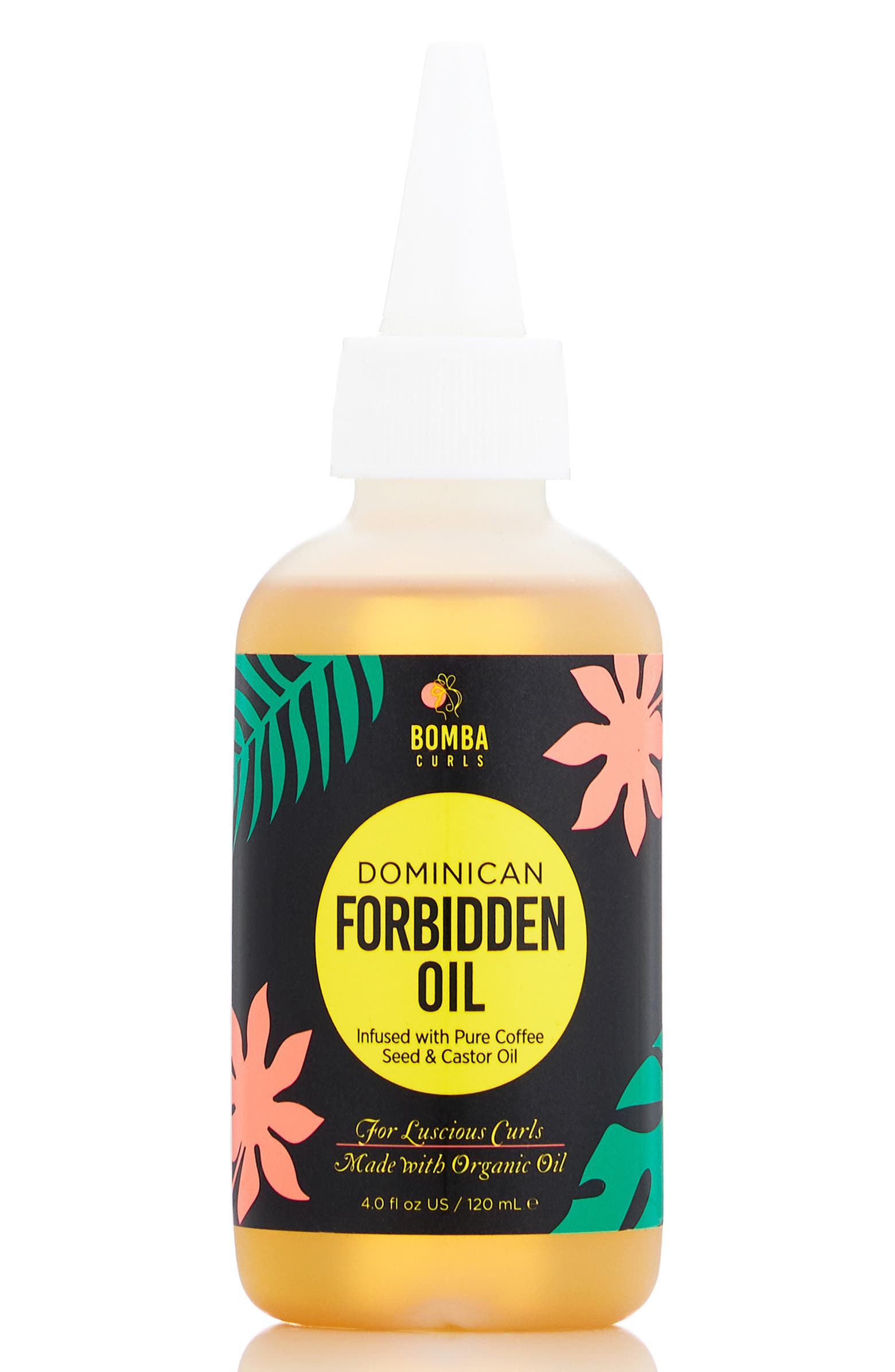Why Are White Women & Influencers Still Leading Clean Beauty?
Clean beauty has always felt sort of ambiguous to me. That’s far from a unique take, given that the definitions of both “clean” and “beauty” exist on some incredibly wide-spanning spectrum that primarily capitalism benefits from defining and not defining. For years, I understood the general concept of clean beauty — "safe," "non-toxic," "green," transparent — and basically linked it with everything I equated to Gwyneth Paltrow’s Goop — white, wealthy, white, granola, white, fear-mongering, white, classist, white, white, white. The brands I equated with “clean” also managed to not feature a single person that looked like me or my friends, so they didn’t really enter my radar. The Goopification of it all rubbed me the wrong way, and not to mention, what they were doing wasn’t exactly groundbreaking. It was the work my mom and family were doing in our bathrooms, kitchens, and laundry rooms for years.
Why is clean beauty so white?
"Data will tell you that white people shop clean beauty more than any other race, but the products being produced are for fair skin, so of course they’re the ones shopping for it! I’m not going to shop for something that makes me look like Casper the friendly ghost."
Disrupting the white space
It’s easiest to sell to a consumer you identify with and unsurprisingly, the early clean brands were started by predominantly white founders who historically have a leg up in terms of access to funding, education and network
The evolving definition of clean beauty
The next chapter
“The definition of clean will continue to change, and therefore it is all about creating a better beauty industry for all of us. It is really about working towards just doing better vs. being perfect.”







